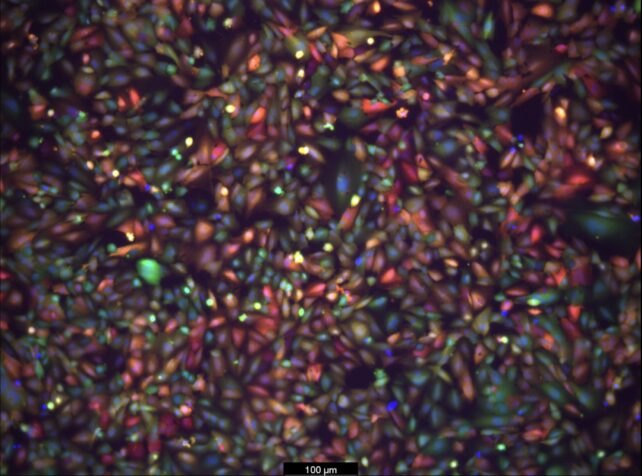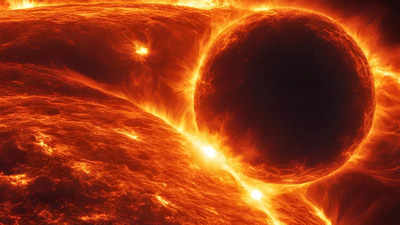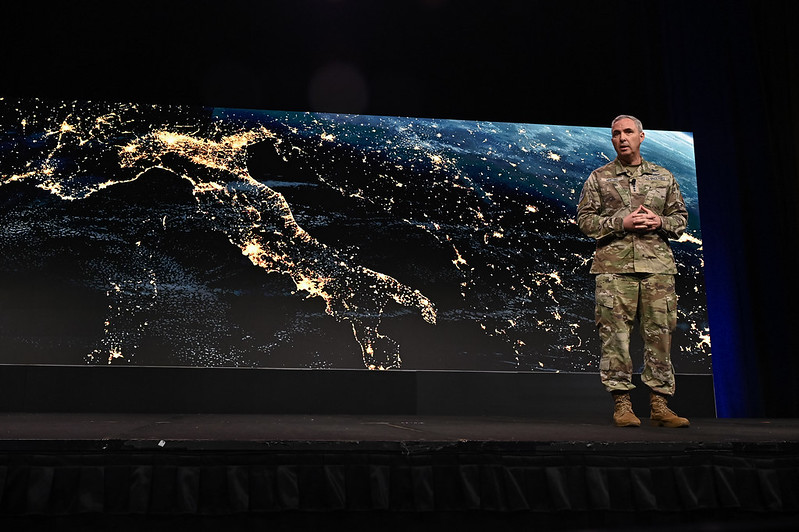The human brain is well-protected in the body, but this protection also blocks many drugs from reaching it. The blood-brain barrier keeps out almost all large molecule drugs and over 98% of small molecule drugs. However, scientists are now making progress in developing a model that could allow them to smuggle important treatments through this barrier.
Researchers at the University of Pennsylvania have created a simple model of the blood-brain barrier in the lab that is giving them the ability to test which drug transporters work best. They are focusing on studying the delivery of lipid nanoparticles, which can carry important proteins, antibodies, or messenger RNA across the blood-brain barrier. This method is the same way that the mRNA vaccine for COVID-19 enters the body’s cells. This type of therapy shows promise in treating neurological diseases by potentially replacing missing proteins or repairing faulty genes in the brain.
“Our model has shown better success at crossing the blood-brain barrier than other models and helped us identify particles that are specific to the brain, which we later verified in future models,” explains bioengineer Michael Mitchell. “This is an exciting proof of concept that will likely lead to new approaches for treating conditions such as traumatic brain injury, stroke, and Alzheimer’s.”
While some drugs are directly injected into the brain to bypass the blood-brain barrier, this method is highly invasive and the medicine does not spread easily throughout the organ. In 2015, scientists used sound waves to allow chemotherapy drugs to pass through the blood-brain barrier for the first time, leading to ongoing clinical trials. However, the new study takes a different approach.
Research into the use of lipid nanoparticles to deliver drugs to the brain has been ongoing for years, but previous models could not measure the amount of messenger RNA that actually reached the central nervous system.
Bioengineer Emily Han says, “I spent months figuring out the optimal conditions for this new in vitro system, including which cell growth conditions and fluorescent reporters to use. Once it was robust, we screened our library of lipid nanoparticles and tested them on animal models.”
The team tested 14 lipid nanoparticles in lab dishes and selected five for further analysis in living mice. These drug carriers, labeled with fluorescent markers, showed high transport across the blood-brain barrier. When injected into the bloodstream of mice, some of the medicine produced a bioluminescent signal in brain cells that could be detected by scientists as soon as six hours later.
However, not all of the medicine that crossed the blood-brain barrier made it into brain cells, suggesting that researchers need to be selective about which drug carriers to use in future research. The authors are hopeful that their new in vitro model will help scientists identify the most promising candidates and guide the future development of brain-targeted treatments.
The researchers also note that their platform could be adapted to study how lipid nanoparticles are delivered across other biological barriers, such as the blood-placental barrier for pregnancy-related diseases, and the blood-retinal barrier for retinal diseases.
The study was published in Nano Letters.














